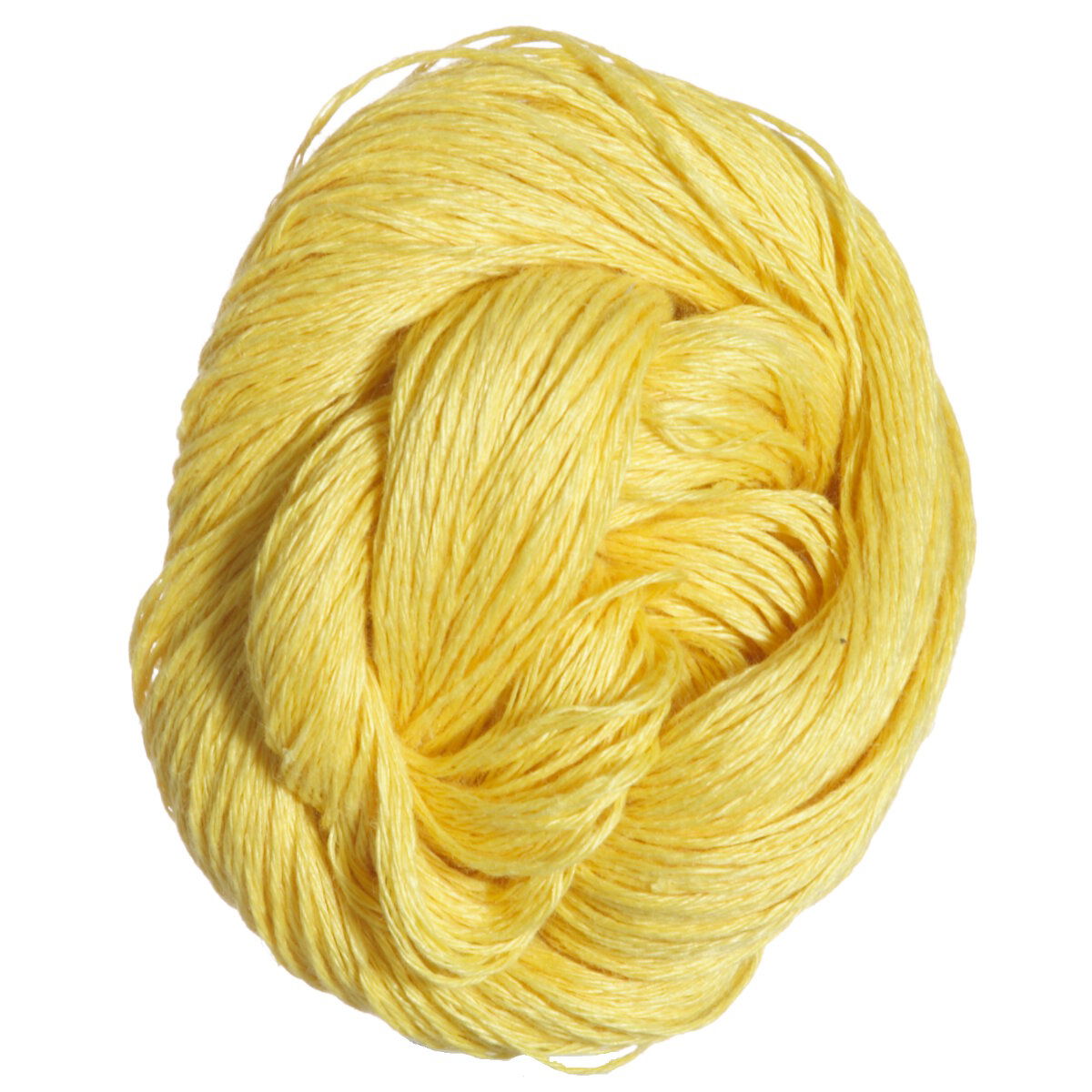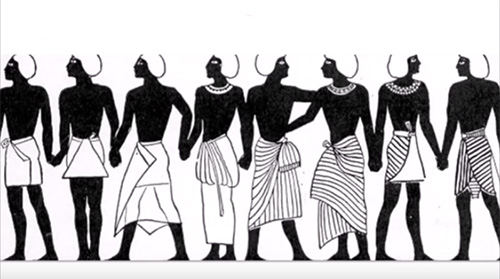Our ancient Egyptian ancestors were a group of people with a functional sense of fashion in its varying styles and forms. They adorned their bodies with clothes that served physical, religious and ceremonial functions, doing away as much as possible with excess material acquisition.
Linen was one of the major fabrics used by the ancient Egyptians in the making of their clothing. The linen in question was obtained from flax planted in the areas around the River Nile.
During harvest season, the flax was accessed and soaked in water to soften it. It was then beaten into a pulp-like material which was further processed in sequential stages to yield the fine linen used by the high and low alike in the making of their attires.

Image source: jimmybeanswool.com
Men of the ancient Egyptian civilization wore an ankle-length linen kilt. Some scholars have argued that the ankle-length linen kilt was worn by the Egyptians of the Middle Kingdom (2040 – 1782 BCE) and that the Old Kingdom (2686 – 2181 BCE) Egyptians made use of a shorter linen kilt wrapped around the waist, held fast in place by a leather or linen belt.
The male royals of ancient Egypt adorned their upper bodies with scores of jewellery to publicly make known their status. The peasants and working-class men often wore a simple knee-length coarse linen fabric around their waist area when working and adorned their bodies with what fine linen they could afford on ceremonial occasions. Ancient Egyptian men also shaved their bodies clean off hairs as they believed it made them unclean. The priesthood especially always carried themselves about in a clean-shaven bodily outlook with a touch of make-up and a whiff of perfume to top it all up.

Image source: nationalclothing.org
Women of ancient Egyptian civilization also used the linen fabric extensively in adorning their bodies. The linen was cut in a way that enabled ancient Egyptian women to drench it all over their body using a piece of jewellery to hold in place where proven most convenient. The royal females of the ancient Egyptian civilization also followed the tradition of body shaving; leaving their bodies clean and smooth. Their footwear was made of varying materials of which leather formed a considerable part. The affluent amongst ancient Egyptian women wore a more transparent form of linen which was quite pricy given the average populace. The linen fabric was ideal for the relatively dry weather conditions prevailing in those times.

Image source: thetorah.com
The use of make-up was widespread amongst ancient Egyptian nobles and commoners alike. Notable amongst their make-up arsenal was the kohl; a black-coloured substance applied to the area around the eyes to shade them for the ‘Evil eye’ and harmful rays of the Sun. Some archaeologists discovered tombs of ancient Egyptians containing make-up kit comprising of; bronze or copper mirrors, facial ointments and application tools. A substance called ‘ochre’ was processed by the ancient Egyptians to make rouge; a red powdery substance that was mixed with ointments to make lip balms. This was used by women of the ancient Egyptian civilization to beautify their lips.
Jewellery held a dear place in the hearts of men and women of the ancient Egyptian Kingdom alike. The extensive use of gold and lapis lazuli to fashion symbols and totems of their spiritual leanings was commonplace. Both men and women of ancient Egypt were usually buried with generous amounts of jewellery to be used in their next life.

Image source: whitemagickalchemy.com
The scarab beetle was one of those symbolic jewellery used by the ancient Egyptians, they believed it represented rebirth and the cyclical nature of time thus, it formed a considerable part of the treasures some ancient Egyptians were buried with.










